Watercolor on paper signed lower right: HENRI TENRE. Undated. Framed under glass.
Rectangular frame in molded wood and gilded stucco in Louis XVI style with ornamental motifs of pearls, rush ribboned with acanthus leaves and stripes of hearts alternated with baguettes forming listels.
-------------------------------
In 1907, among the Interiors exhibited by Henry Tenré at the Cercle de l'Union Artistique de Paris, a salon maker particularly noted one of them "graciously occupied by the graceful and dreamy silhouette of an exquisitely Parisian elegant woman" (Notes of art and archaeology, January 1907, pp.107-108). To be nicely suggestive, this description nevertheless fits our watercolor signed by the artist. She also invites us to propose a dating (see Biography).
Of subtle formal sophistication, this composition representing with finesse and precision a young woman seated, dressed in a becoming toilet, within a large Salon XVI aristocratically furnished and a dreamy surprise in her playful artistic activity as a watercolorist, belongs to the small corpus of "charming pieces" treated by the artist during the years 1900-1910 (Lady looking at a painting, The Letter, Kate, ..) of which art critics unanimously praised "the delicacy of the brush which distinguishes (this) skillful watercolorist".
We will emphasize how this work of attractive dimensions reveals by its subject - a young woman watercolorist - as well as by the required framework - an Interior - two essential facets of the artist's talent. Throughout his career, Henry Tenré sought by temperament this medium which was in every way suited to his sensitivity, to its "broad, attractive and light" style (J.Copeau, Exhibition of French Aquarellists, 1906). In fact, in this blond model devoting herself, like the women of the world, to watercolor - worldly pleasure -, should we see beyond the anecdotal nature of the chosen subject, a deliciously "feminized" or even direct echo to the modalities creations by Henry Tenré. In search of enchanting behind closed doors, he liked to install his easel, his painter's or watercolorist's equipment within the ancestral interiors evoked in this watercolor. Furnished with discernment (shepherdess and armchairs in gilded wood trimmed with blue silk, flat desk with graceful curves, sober glazed sideboard, andirons and neo-classical ornamental vases, etc.), a Louis XVI Style Grand Salon with paneling with gold highlights interrupted by a large fireplace with a painted overmantel and decorated on its mantle with a marble by Antoine Coysevox (Squatting Venus, 1686) - reminiscent in many respects of certain Versailles Salons and Apartments painted by the artist from from 1898- serves as a setting for this composition exuding elegance. The harmony which intimately unites the young woman to her architectural and decorative environment gives this watercolor a soft dreamlike quality translated among other things by the expression and pensive gestures of the appreciating artist, the foot pointing under the folds of her dress, the pattern running.
Refined tones (white nuanced with gray, mauve, blue), fine (gold, powder pink) touched with brown, lustrous black orchestrate this work of exquisite charm shaped by echoes (medium of watercolor/ Interiors, genre of which H.Tenré made a specialty), reflections of a "living past" adopted at the turn of the 20th century by his contemporaries in their living environment as in their leisure activities.
An artist of all Elegances: Charles-Henry Tenré (Saint-Germain-en-Laye, October 14, 1854-Paris, January 29, 1926)
Coming from a wealthy family, Charles-Henry Tenré, an "intelligent, conscientious and always delicate" painter, knew in his time how to conquer the favors of art critics such as those of "his supple talent and his light brush". enlightened and elegant public" Parisians. With his solid training (1875-1885) at the Jullian Academy (Workshops of Jules Lefèvre and Gustave Boulanger) supplemented by a stay with the landscape painter Edmond-Charles Yon (1836-1897), he understood throughout his artistic career spanned many genres, handling with equal finesse the most varied mediums (three-pencil drawing, watercolor, pastel, oil painting) while forging a personal pictorial language then recounted in these terms: "(. .) the paintings or watercolors of this artist have the merit of joining to an indisputable mastery of execution qualities of mind and feeling. (..) The talent, the originality of Mr. Henry Tenré comes rather from his way of seeing and feeling things as well as the technique he uses to express them” (Revue Moderne des Arts et de la Vie, 1924, p. 10).
Regularly presented at the official Salons of the capital (Salon des Artistes Français, des Aquarellistes), of Province (Salon des arts à Fontainebleau, 1888;Salon des Beaux-Arts de Bordeaux et d'Amiens, 1898, 1906) or on the walls of galleries, fashionable circles (Galerie Georges Petit - personal exhibitions in 1896, 1904, 1908, 1921; Circle of the Artistic Union, de l'Epatant, 1907), his work earned the artist rewards and distinctions. In 1891, an honorable mention was awarded to him "for his paintings (A hint of powder, Souvenir of Venice) marked by a charming talent put to the service of a delicate and spiritual brush". During the Universal Exhibition in Paris (1900), a bronze medal will honor this "talented artist, who was inspired by the decorations of the Palais de France for his charming paintings of elegant interiors". Enchanting and tireless historiographer of the picturesque splendors of our old historic castles (Versailles, Trianon, Fontainebleau) since 1898, Henry Tenré will be gratified, following his erudite and enthusiastic participation in the Retrospective Museum developed in 1889 for this high Manifestation of the 'French art (Design of a Napoleon III Salon; execution of "four decorative panels above the door in the style of Hubert Robert, of exquisite attraction and very tender observation"; loan of works from his private collection), the title of Knight of Honor.
A prolific artist, Henry Tenré approached "with ease" diversified pictorial genres of which we can only appreciate, like his contemporary biographer (André de Fouquières, 1905), the complementarity through "the delicate charm", "the sincerity ", "the cult of the harmony of tones" "and, always the most refined taste and distinction" which emanate from his canvases, pastels or watercolors. Author of fans (Hollyhocks, Chardons, 1888) acclaimed by aristocratic society, of portraits (Princess Radziwill, the children of Baroness de Noirimont,) praised as "jewels of elegance and worldliness", he made his mark in during the years 1890-1910 "the elegant and informed anecdote of the world where we have fun" where "fantasy is based on the history of the First Empire" (Un Cotillon, Gauloiseries, Castellane, Arrivée du Cocher d 'eau, An interview at the Théâtre de Valençay), "restores the fashions and physiognomies" of her contemporaries "with charming precision" (Woman with Dogs, La Lettre, La Collation, etc.). Without renouncing these genre scenes which established his reputation, H.Tenré devoted himself from 1898 to the Versailles theme, a pictorial motif at the turn of the century recurring in the arts. “Memories of a distant era”, his paintings evoking with “a captivating poetic gentleness” the autumnal bowers, the ponds of landscaped parks or the past splendor of the interiors of the royal residences (Parks of the Grand Trianon and Petit Trianon, 1899 -1901; The Carpes pond, in Fontainebleau, 1903; The Bassin de Neptune, des Quatre Nymphes, 1904; Salon Louis XV, Salon de Marie-Antoinette, Les Appartements du Dauphin, 1904) will consecrate the artist as " the elegant painter of 18th century elegance” (La Presse, 1900).
In the movement of his time, Henry Tenré subsequently liked to paint "in fine colors" Interiors - a genre then flourishing in the Salons - (Louis XVI Interior, Petit Salon Louis XVI, 1920. Gray woodwork, 1922; Louis XV Woodwork , at the Carnavalet Museum, 1925), flirtatious 1920 Parisiennes as well as nimbly removed “Theater Souvenirs”.
Of this artist whose production is represented in Parisian museum institutions (Musée d'Orsay, Le Carosse de la Saint-Sacrement, 1898: Musée Carnavalet: Le Jardin du Musée Carnavalet. Effect of snow, 1905), an art critic was to state in 1924 the modalities of inspiration and creation in these terms: "Mr. Henry Tenré, this enthusiast of the 18th century, this admirer of the little masters of elegance in the Louis XV and Louis XVI eras, has always sought among them his models.He lived in the atmosphere of Versailles.In these noble salons, in these sumptuous Boudoirs where still float in the eyes of the initiated the light shadows of Marie Leczinska and Marie-Antoinette, of La Pompadour and La Du Barry, he found himself at home. He tried to revive these memories by fixing the setting where these historical figures lived. He did it with a strict and sober conscience. "But also with wit and delicacy.
-------------------
French school of painting from the end of the 19th and beginning of the 20th century.



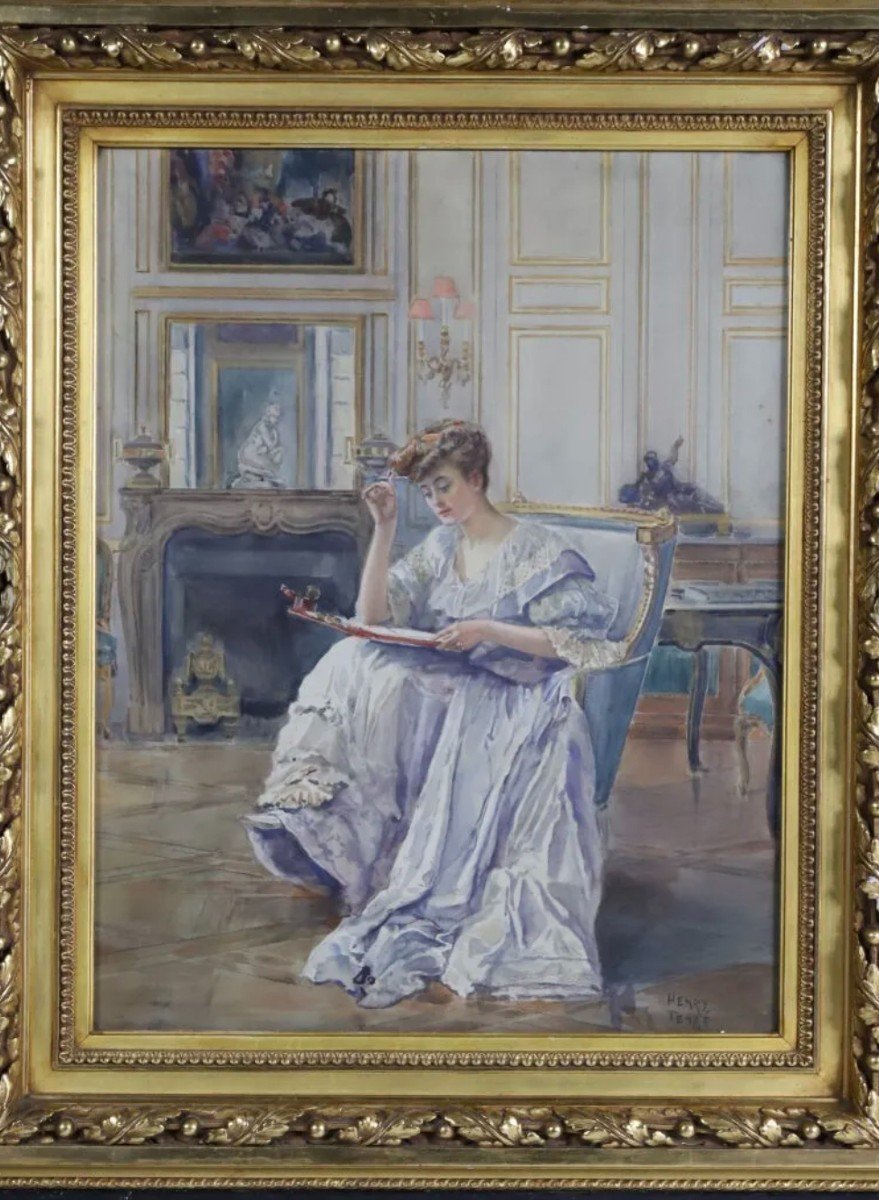
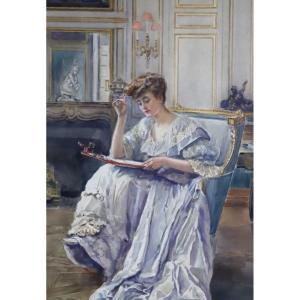



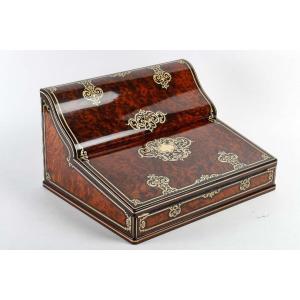



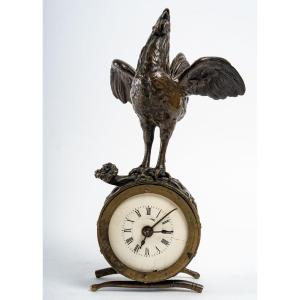
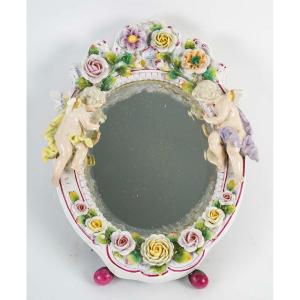

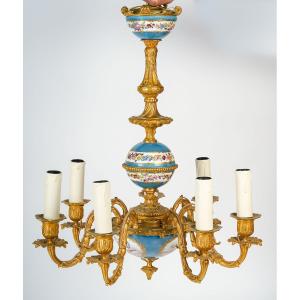
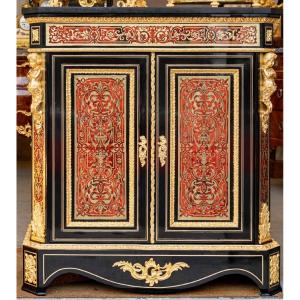

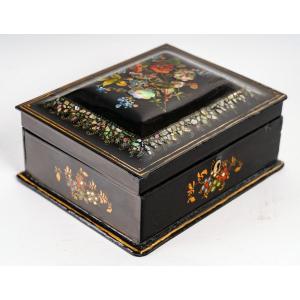


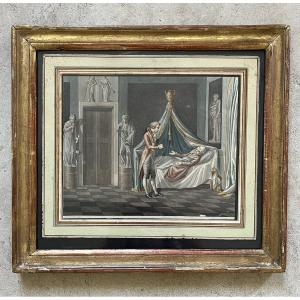







 Le Magazine de PROANTIC
Le Magazine de PROANTIC TRÉSORS Magazine
TRÉSORS Magazine Rivista Artiquariato
Rivista Artiquariato